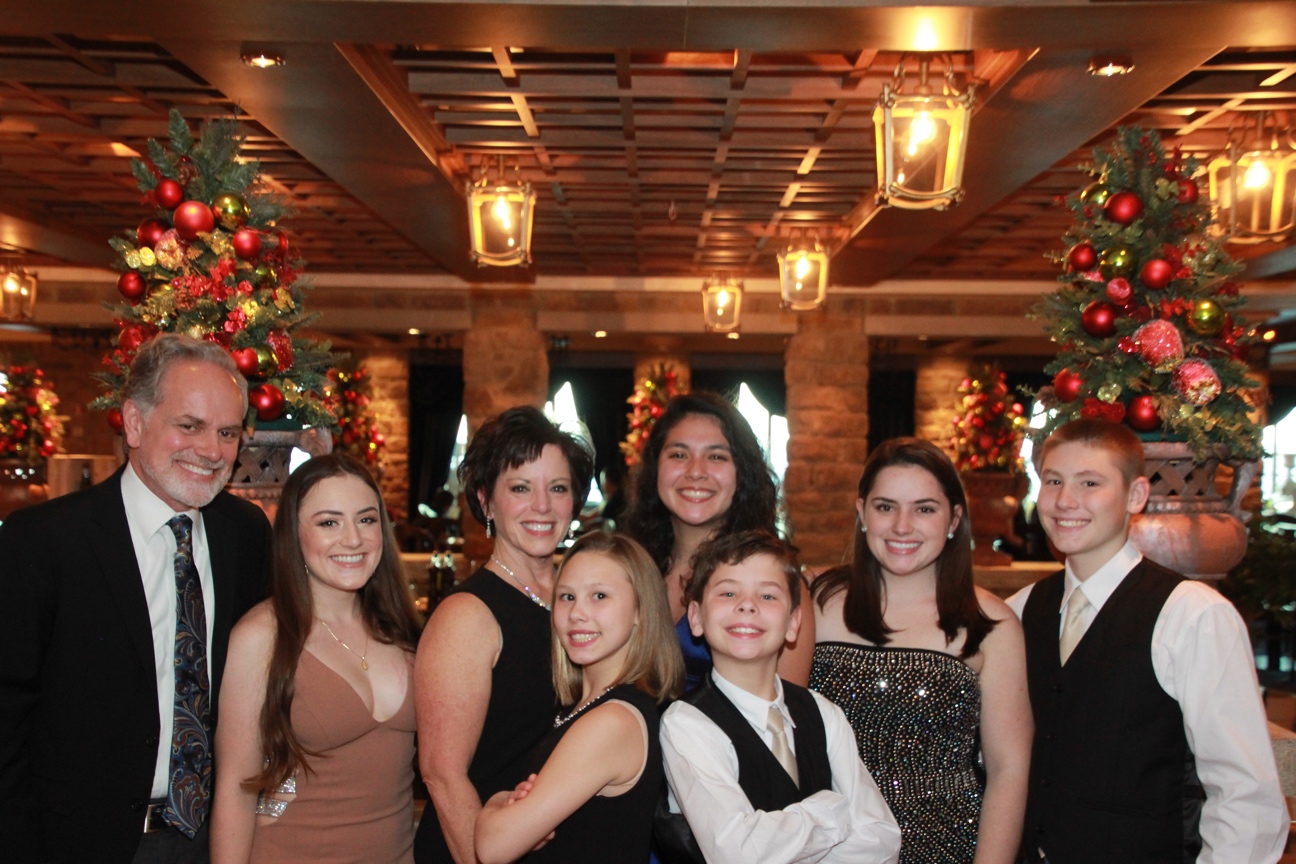If it’s been a while since you read “Yes, Virginia, There Is A Santa Claus” or if you’ve never read it, here’s a link to the legendary newspaper editorial published in the fall of 1897. With the holidays and a new year approaching, it’s an engaging and thought-provoking read.
The synopsis, of course, is that 8-year-old Virginia O’Hanlon from Manhattan sends a question to the Sun, a newspaper in New York. She wants to know, is there a Santa Claus? She’s been hearing from some of her friends that Santa doesn’t exist, and when she asked her dad if that’s true, she wasn’t satisfied with his answer.
One of the Sun’s editors, Francis Pharcellus Church, replied to O’Hanlon with an unsigned editorial. He includes her original question, and as part of his answer, he writes, “[Santa] exists as certainly as love and generosity and devotion exist” and that “he lives forever.”
Church’s reply to O’Hanlon is an inspired, philosophical response. Movies and television shows have been made based on the exchange, and some newspapers publish it every year. Regardless of how old we are now, it’s easy enough to put ourselves in the position of a child trying to determine what’s real, what’s not and who to believe. It’s a process we all go through.
But perhaps we should also consider Francis Pharcellus Church’s position. Why did he choose to reply? Why would he emphasize, “The most real things in the world are those that neither children nor men can see?”
Church was 56 when he wrote this. You’ll often see him described as a “veteran” journalist. Biographies note that he had been a war correspondent in the American Civil War. Personally and professionally, he had seen a lot in 56 years. You know what I think he needed?
Hope.
You know what I think we all need as we get ready to take another trip around the sun?
Hope.
If finding and sustaining hope seems like a daunting task, I might recommend something goofy that I do. Take a cue from Jim Carrey, specifically in his role as Carl in the movie Yes Man, which is one of my favorite comedies. Watch it. I do regularly. It tells the tale of a guy who had lived his life saying NO but then spent a year learning to say YES. As part of his change of perspective, he finds love, joy and … hope.
How did Church begin his reply to O’Hanlon? “Yes, Virginia.”
Here’s one personal example of a Yes Man approach. About a decade ago, during one of the most complicated periods of my life, I realized I needed to stop saying no to a very important decision. My wife and I had long considered adoption, but we kept putting it off. To be fair, I kept putting it off. I kept thinking that there would be a less complicated time in life to pursue adoption. Finally, we realized we needed to make it happen or we’d miss our chance. So we said yes and traveled to a small town on the Kazakhstan/Siberian border for a month (February) to expand our family by 75 percent, armed with the faith that no matter what difficulties we might encounter, we could figure it out. And I have never been sorry for saying yes to that decision and all of the life affirming experiences that have followed.
Most of the time, it’s not an external voice that holds us back. Rather, it’s the constant, swirling chatter in our heads that make it hard to say yes. We spend too much time telling ourselves don’t do that. This is the way things are done. I’m wrong. People will judge me.
What we need is a license to believe, and that’s what Francis Church extended to Virginia O’Hanlon. She could believe what she wanted to believe, and he could believe in the “glad heart of childhood” which shields young and old alike against the “skepticism of a skeptical age.”
This is the season when we renew ourselves. I’m choosing to start the next trip around the sun with hope for the future. Is the glass half empty or half full? Francis Church, Jim Carrey and I contend it’s brimming with possibly if we say yes to believing that better days are ahead.
